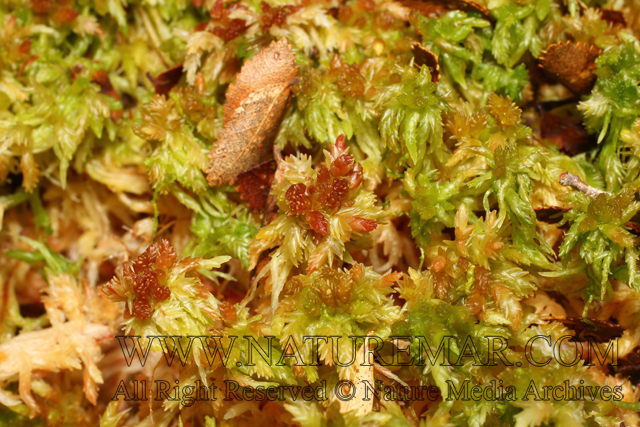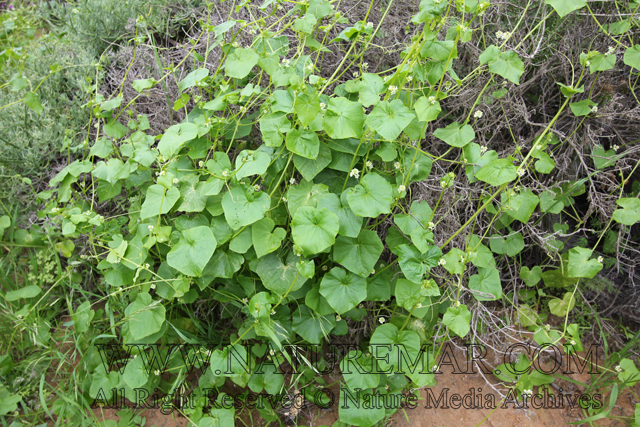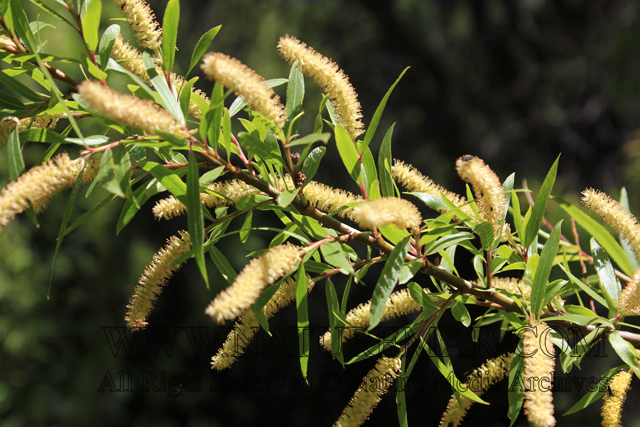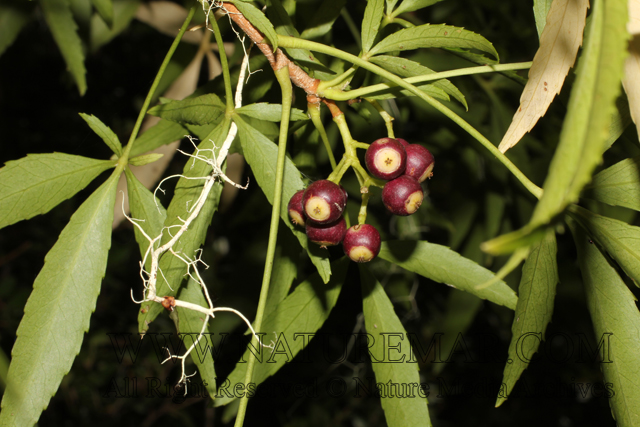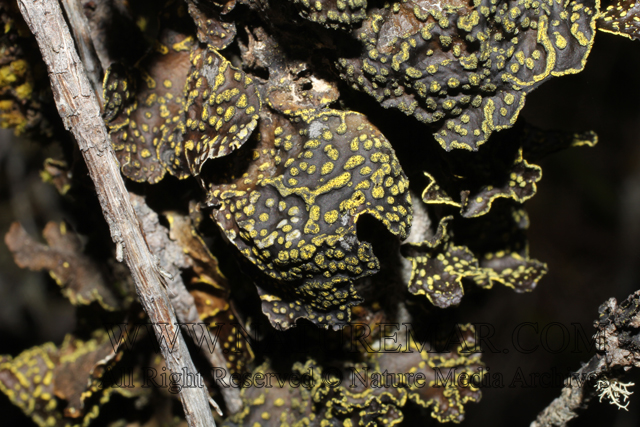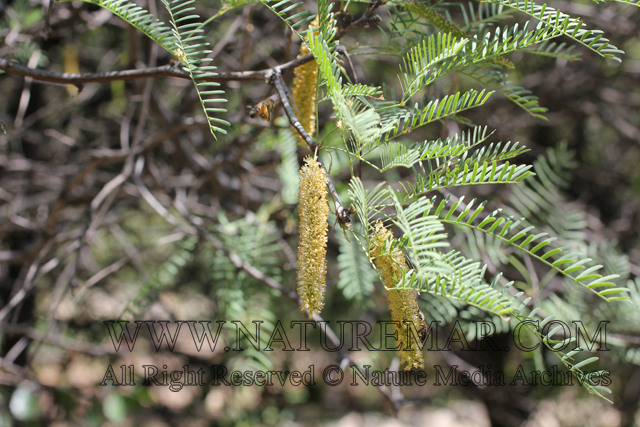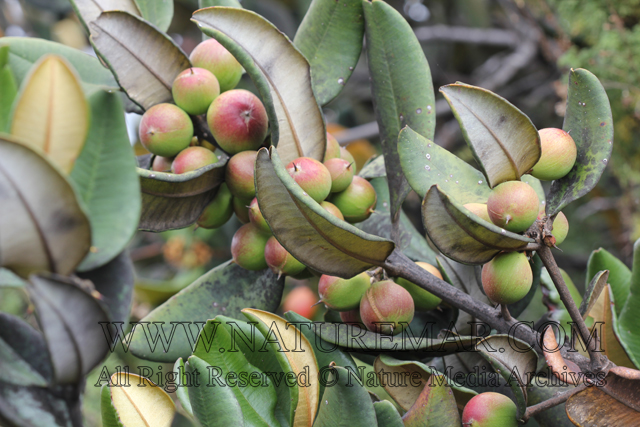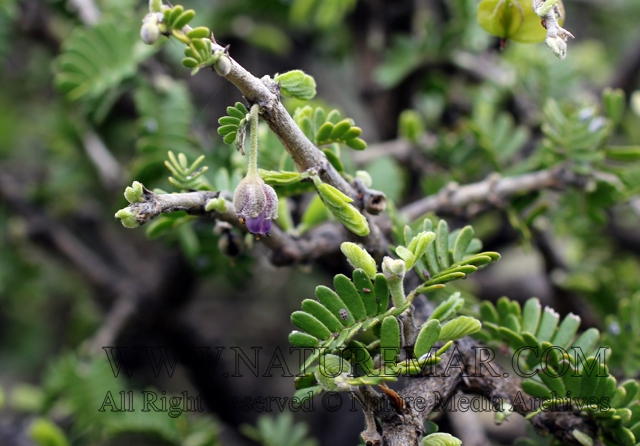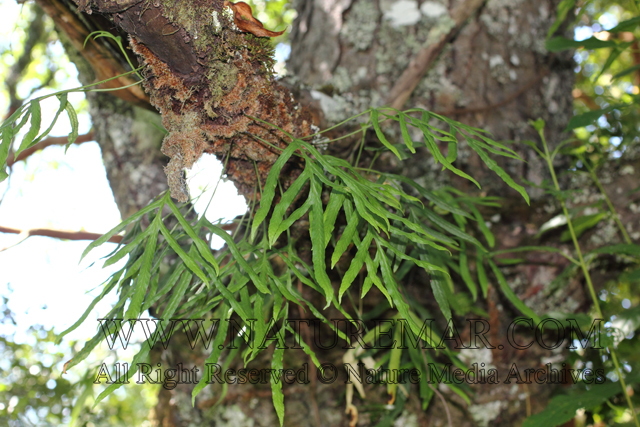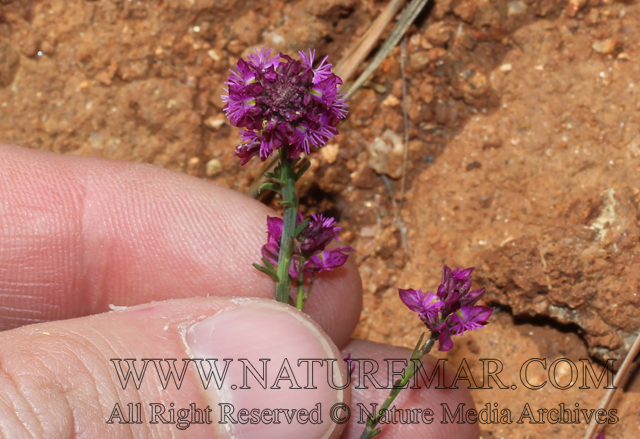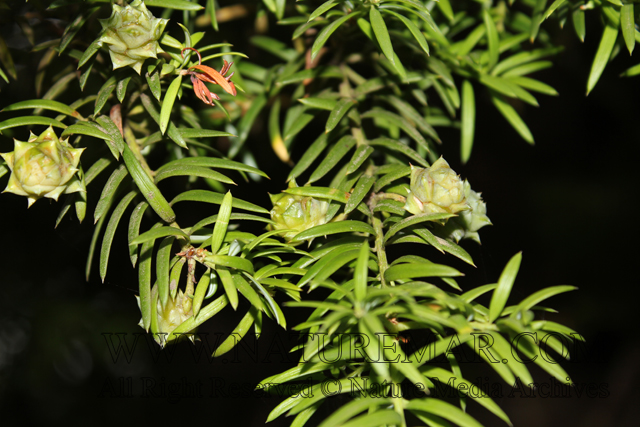Archives
-
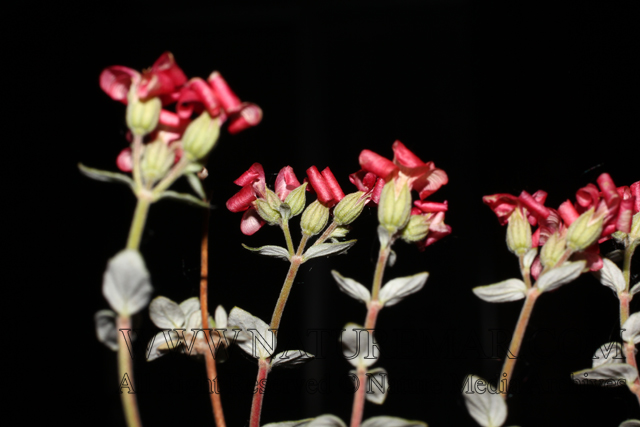
Vivianiaceae
Vivianiaceae is a family of flowering plants placed in the order Geraniales. The family name is derived from the genus Viviania Cav. It includes both the genus Viviania ("te de burro") and genus Caesarea Cambess. There are around 1-4 genera in Vivianiaceae.
-
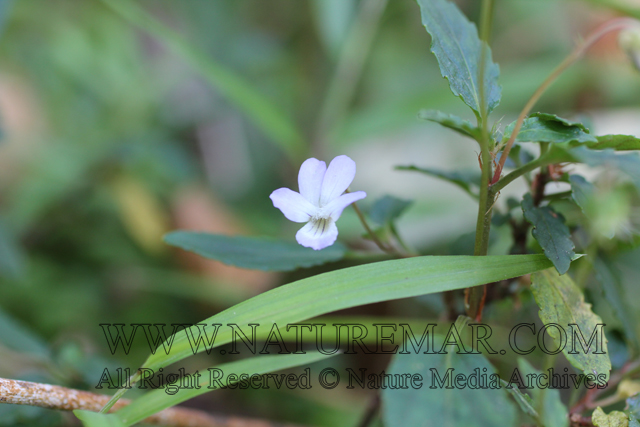
Violaceae
The Violaceae are shrubs or herbs comprising about 16 genera and 800 species. The leaves are alternate or rarely opposite, and are simple; the stipules are minute or leafy. The flowers are bisexual, zygomorphic or sometimes actinomorphic, and sometimes cleistogamous. The perianth is differentiated into 5 distinct or nearly distinct imbricate sepals and 5 imbricate petals, the lowermost of which is commonly spurred. The androecium consists of 5, nearly sessile, distinct or connate stamens with anthers that are weakly coherent around the gynoecium. The two lowermost anthers commonly have nectariferous appendages that project backward into the spur of the lowermost petal. The gynoecium consists of a single compound pistil of 3-5 carpels, a single style, and a superior ovary with one locule containing 1-numerous ovules on each of 3-5 parietal placentae. The fruit is a capsule or berry. -
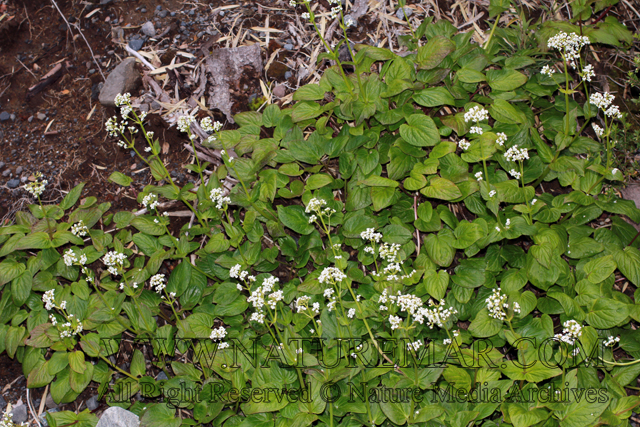
Valerianaceae
The family Valerianaceae is primarily a north temperate family, but has a substantial representation in the mountains of South America. It has about 13 genera and 300 species worldwide. -
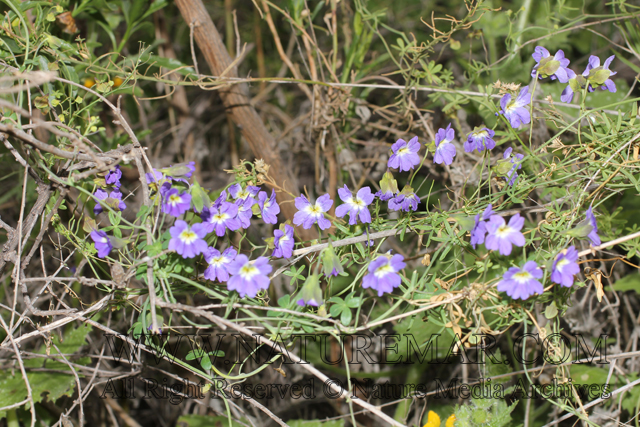
Tropaeolaceae
Tropaeolum (ca 88 spp., Central America to Patagonia) is represented in Chile by 18 species and one widespread natural hybrid, all of section Chilensia Sparre. The taxa detailed below raise from four to seven the infraspecific elements of section Chilensia. (Sparre & Andersson 1991; Hoffmann et al. 1998; Watson, ined.).
1-15 of 129
Next

